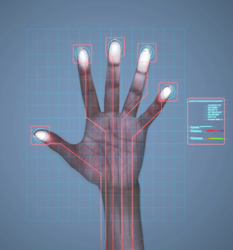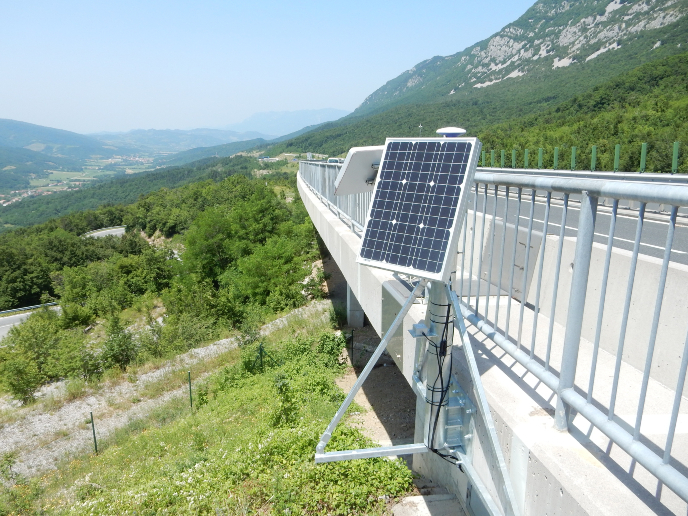Simulated feeling of a touch
While moving the fingertip over a fine surface, one experiences a sensation that gives an idea of its roughness or softness, information that is not obtainable by other senses. Tactile perception is therefore considered crucial in complementing visual perception by confirming what is seen. However, understanding this interaction between visual and tactile perception still eludes scientists. Experimental work within the ROSANA project focused on the interactions between sensory input and the activity of the central nervous system in the creation of internal representations of real-world stimuli. Visual information on surface textures were, for this purpose, transformed into tactile signals conveying equivalent perceptions created when touching those surface textures. In order to evoke 'realistic' touch sensations - edges and corners of objects, as well as their surface texture - tactile stimulators was developed at the University of Exeter. These incorporate pairs of vibrating contactors, designed to produce touch sensations on the tip of the index finger and the thumb. With multiple contactors on the skin whose vibration pattern is under software control, appropriate variation of mechanical disturbances over various populations of tactile receptors was produced. These tactile stimulators offered the virtual environment needed for the neurophysiological investigation undertaken in other EU-funded projects. With the use of these stimulators, HAPTEX project partners transformed visual information contained in surface textures into tactile signals conveying equivalent perceptions occurring when touching these surfaces. Further experimental validation in terms of their ability to produce realistic sensations derived from prior knowledge of the virtual surface being explored is awaited within further EU-funded projects.







